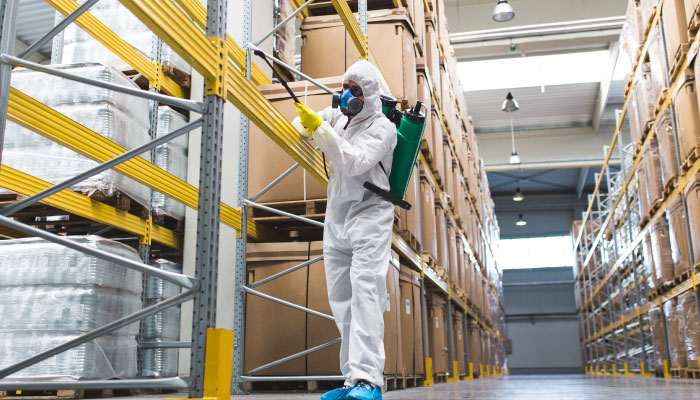Industrial hygiene (IH) is a complex science with an in-depth career path, degree programs and accredited certifications. The American Board of Industrial Hygiene (ABIH) defines industrial hygiene as “the science of protecting and enhancing the health and safety of people at work and in their communities.” ABIH also recognizes those dedicated to anticipating, recognizing, evaluating and controlling those hazards as industrial hygienists.
So the industrial hygienist’s primary function in your organization is to keep your employees safe. That’s not a simple task. A bigger complexity however, often falls on executive leadership as they attempt to manage this type of workgroup within an organization.
Expert speaker Jarred O’Dell shares insights for effectively managing an industrial hygiene workgroup in an audio conference for AudioSolutionz, “Industrial Hygiene Training 101.” During this session Jarred provides practical techniques for incorporating industrial hygiene functions into work processes so that these workers support—instead of hinder—the organization’s mission.
Safety Is Everyone’s Concern
An industrial hygienist must evaluate processes, conduct worksite analysis, develop plans to eliminate hazards, conduct research, uphold OSHA law, monitor contaminants, and basically stay one step ahead of the game identifying conditions that could potentially cause harm. But the job doesn’t end once a hazard is found—industrial hygienists must work with the rest of your organization to rectify the situation.
Project managers, operation managers, human resource managers, maintenance managers, ergonomists, safety committee members, and those working in all other entry-level positions must communicate with your industrial hygiene team efficiently and put corrective actions in place when required. But communication is only possible if everyone understands the same language.
Bottom Line: In order to build a cohesive organization, everyone in your organization must understand these four key elements to industrial hygiene—chemical, physical, biological and ergonomic.
- Chemical Hazards. Chemical hazards include gasses, fumes, dusts, vapors, mists and smoke. Some chemical hazards become respiratory hazards as they’re inhaled, while others can be absorbed into the skin, causing burns or other irritations.
- Physical Hazards. Physical hazards include extreme temperature, ionizing radiation, non-ionizing radiation, noise and vibration, causing effects such as sunburn, frostbite, radiation exposure or hearing loss.
- Biological Hazards. Biological hazards include viruses, bacteria, mold, yeast, fungi and organisms that can cause sickness or disease.
- Ergonomic Hazards. Ergonomic hazards include hazards caused from twisting, awkward posturing, working overhead, kneeling, lifting, gripping, static posturing, overreaching, forceful exertion, contact stress, repetitive motion, vibration and bending. Most ergonomic hazards result in bodily pain or injury.
Put a Plan in Place
Once a hazard is identified, the implementation process begins. But this is where the industrial hygienist needs help from the rest of the crew.
Removing the hazard isn’t always a simple fix. Removing faulty equipment may require authorization from upper management. Correcting an ergonomic issue could require a budget authorization or a purchase order for new assistive devices. Sometimes even a simple solution such as better hygiene or housekeeping requires a rollout plan that includes an updated company policy and procedure as well as proper training for all employees.
When everyone in your organization is well versed in industrial hygiene, they can work together to make your workplace a safer healthier environment.




